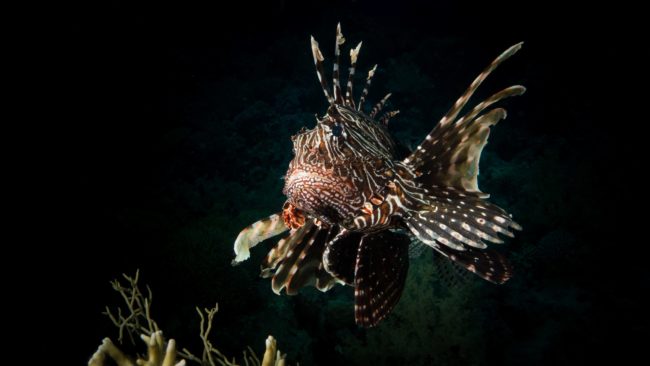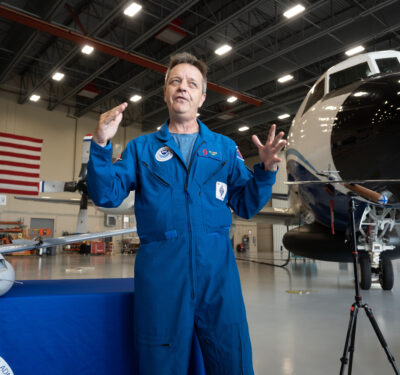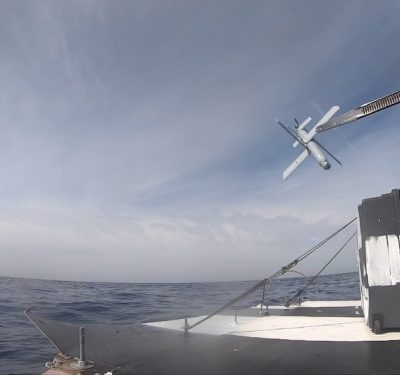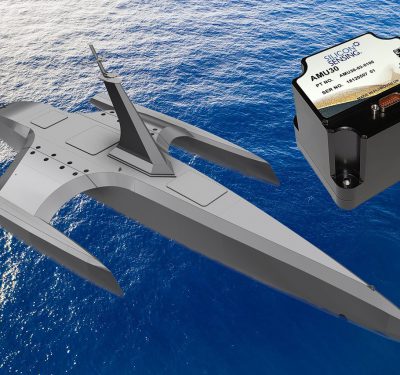Though underwater vehicles have long been marketed to fishermen as a tool to find the best place to cast a line, an environmental nonprofit has developed a deep-diving submersible to capture an invasive predator and thereby help protect Atlantic fish stocks and coral reefs.
Robots in Service of the Environment (RSE) has built the Guardian LF1, Mark 3 prototype, a remotely-piloted unmanned undersea vehicle designed to help control the burgeoning population of lionfish.
With their striking markings, vibrant colors and layers of feather-like fins the lionfish — also called zebrafish, turkeyfish, butterfly cod, and devil firefish — have been aquarium favorites for some time (despite their venomous spines). It is possible they spread to the Western Hemisphere after disenchanted pet owners released the fish into sea. However they arrived from the Indo-Pacific lionfish have few predators outside of their native waters and they have flourished. They are now well established throughout most of the Caribbean and as far north as Cape Hatteras, North Carolina, according to the National Oceanic and Atmospheric Administration (NOAA).

Courtesy of Kris Mikael Krister via Unsplash.
Lionfish eat the prey fish normally consumed by snappers, groupers, and other commercially important native species and therefore can hurt fish stocks. They may also consume fish important to the coral reefs such as the algae-eating parrotfish, thereby increasing the risk of seaweed to overtaking the reefs. Researchers have discovered, said NOAA, that a single lionfish residing on a coral reef can reduce recruitment of native reef fishes by 79 percent.
The affordable Guardian robot is intended for use by fisherman, tourists and environmentalists interested in catching lionfish, RSE said in a statement. Funded in part by a Kickstarter campaign, the remotely-operated vehicle (ROV) can reach below safe diver depth to where the lionfish breed. The vessel can stun and capture up to 10 fish before returning to the surface.
“The Lionfish are destroying the coral reef and decimating fish populations in the Atlantic. The latest innovations incorporated into the RSE Guardian LF1 enable the undersea robotic solution to go deeper, fish longer and pull in a larger haul. With each technical milestone we cross we get one step closer to saving our greatest natural resource by empowering fisherman with new tools,” said Colin Angle, co-founder and executive chairman of RSE in a statement.






